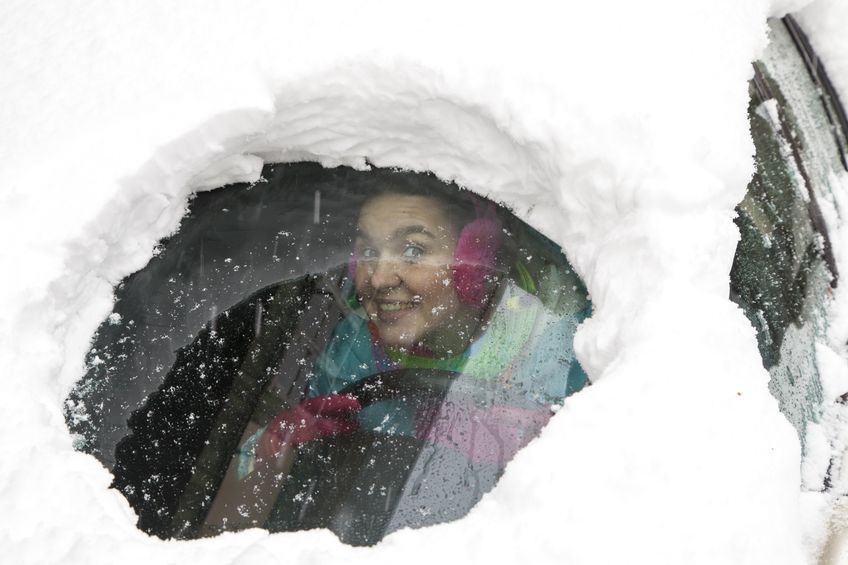
Poor visibility can occur under a number of conditions. It is a common factor in inclement weather and often found in combination with treacherous road conditions, making for an extremely dangerous situation. But poor visibility is not always accompanied by hazardous weather, and can be the result of harsh natural or manmade lighting conditions. Although reduced visibility is a contributing factor in many accidents, it is almost always combined with human error such as driving too fast for the conditions, following too closely, or both.
Fog
Fog presents multiple dangers to drivers. It reduces contrast and obscures details. Fog also affects drivers’ depth perception and perception of the speed at which other vehicles are moving. In one study, drivers in fog believed that the car ahead of them was 60% farther away than it really was. High beams of headlights reflect off of the water droplets in fog, making it even more difficult to see.
Rain
Rain can obscure objects, diminishing lighting conditions and creating glare and clutter in your vision. It can interfere with your peripheral vision and ability to perceive pedestrians and vehicles approaching from the side. Even with good wipers, rain can temporarily block your vision through the windshield entirely.
Snow
In white-out conditions you cannot see at all. It can be so bad that you cannot even see to the end of the hood of your car. But, lighter snow can obscure your view and create optical illusions. Snow moving across the ground can make it impossible to see lane markings and other indicators of where you are positioned on the road.
Wind
Wind can be very disorienting. If it is raining or snowing, wind exacerbates visibility problems. In dry conditions, wind can kick up large amounts of dust, creating a situation similar to fog, or it can blow large amounts of dirt and debris across the road mimicking whiteout conditions.
Smoke
Smoke, due to fires creates very hazardous conditions. Visibility can be reduced dramatically and the conditions can change swiftly. Smoke can also cause eye irritation resulting in watering of the eyes, squinting, and involuntary blinking to the point that it interferes with driving.
Glare
At dusk and dawn the angle of the sun can be so harsh as to temporarily blind drivers. At night, manmade lighting conditions, such as in construction zones, can also cause blinding glare. Wet roads at night can create severe glare when headlights and other lighting reflects off of the roadway.
If you have been injured in an accident caused by poor visibility, an experienced car accident attorney can help you get just compensation for your injuries.















